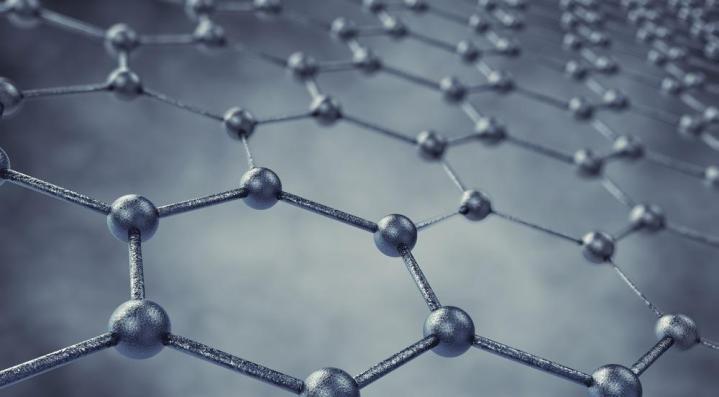
Usually, graphene is produced through a process known as chemical vapor deposition. This process basically transforms gases into a thin film of graphene on a special copper surface. The copper base usually used to produce graphene is expensive in itself, and also requires a certain amount of pre-treatment that increases total costs. To mitigate these issues, the Glasgow University researchers swapped out this high-cost copper resource for commercial copper foils, like the ones found in lithium-ion batteries. “The commercially-available copper we used in our process retails for around one dollar per square meter, compared to around $115 for a similar amount of the copper currently used in graphene production,” said Dr. Ravinder Dahiya, the lead scientist on the Glasgow University team.
This new approach to chemical vapor deposition reduces costs drastically, and also improves certain elements of graphene’s effectiveness. The researchers found that graphene produced through their new system boasted increased electrical and optical performance when compared to the more expensive graphene process.
Low-cost graphene manufacturing will make the super-material more readily available for any application. Dr. Dahiya’s research is mainly in synthetic skin, so he believes graphene could be a key factor in developing affordable prosthetics that facilitate sensation. The research team also identified targeted applications like smart cities and mobile healthcare. Graphene has already been heralded as an important development in consumer electronics, clean energy solutions, and even water purification systems. If this new low-cost process takes hold, it could be the key to bringing graphene solutions to the hardware mainstream.


